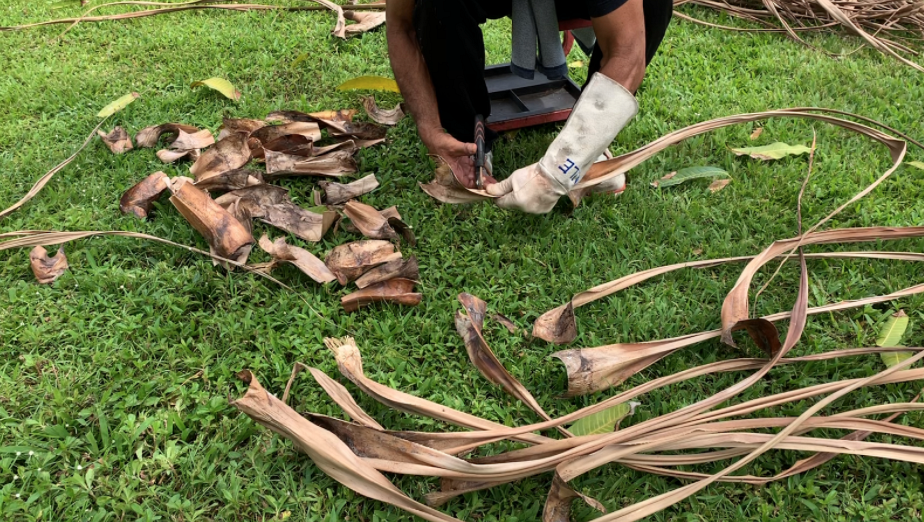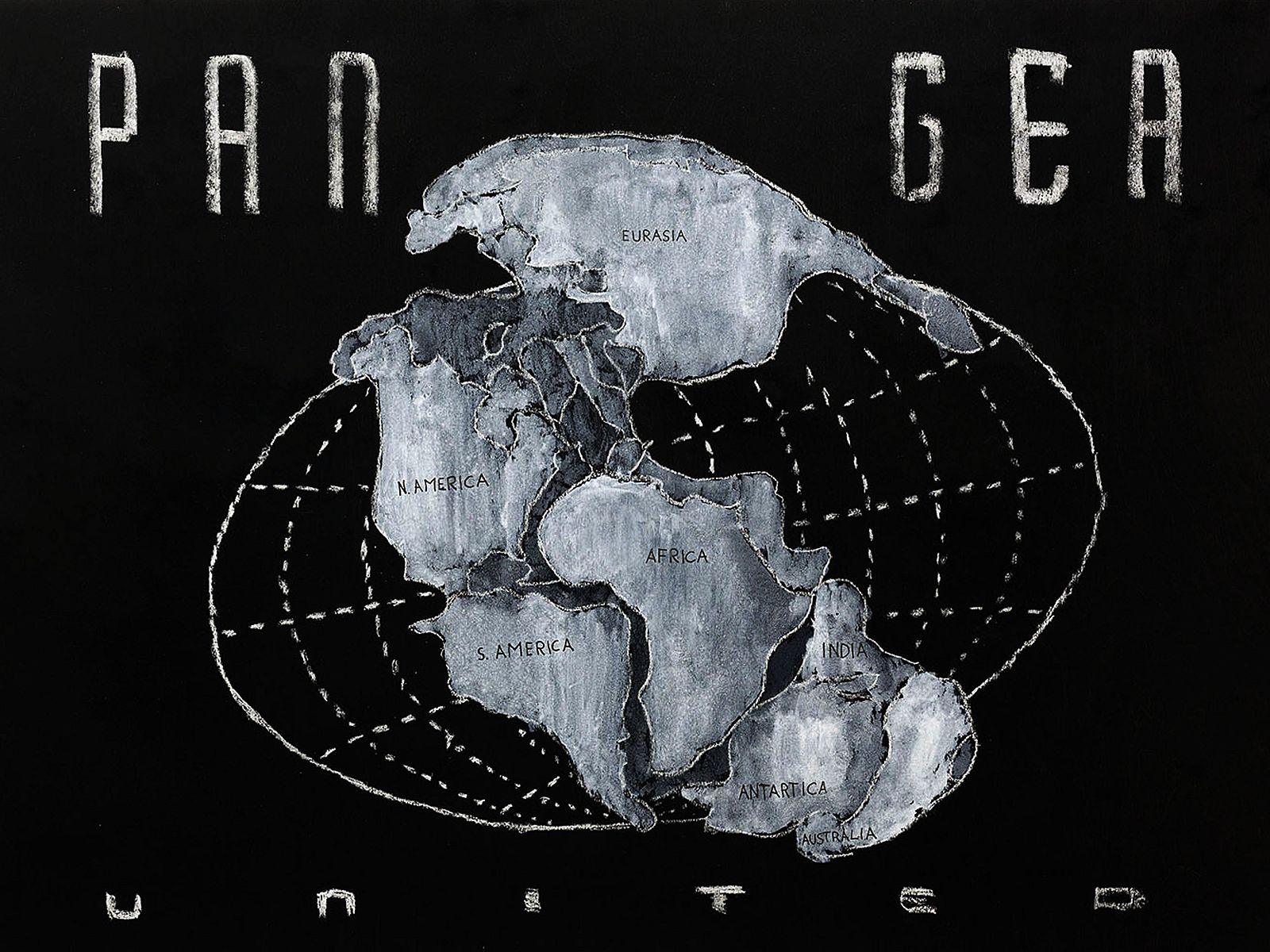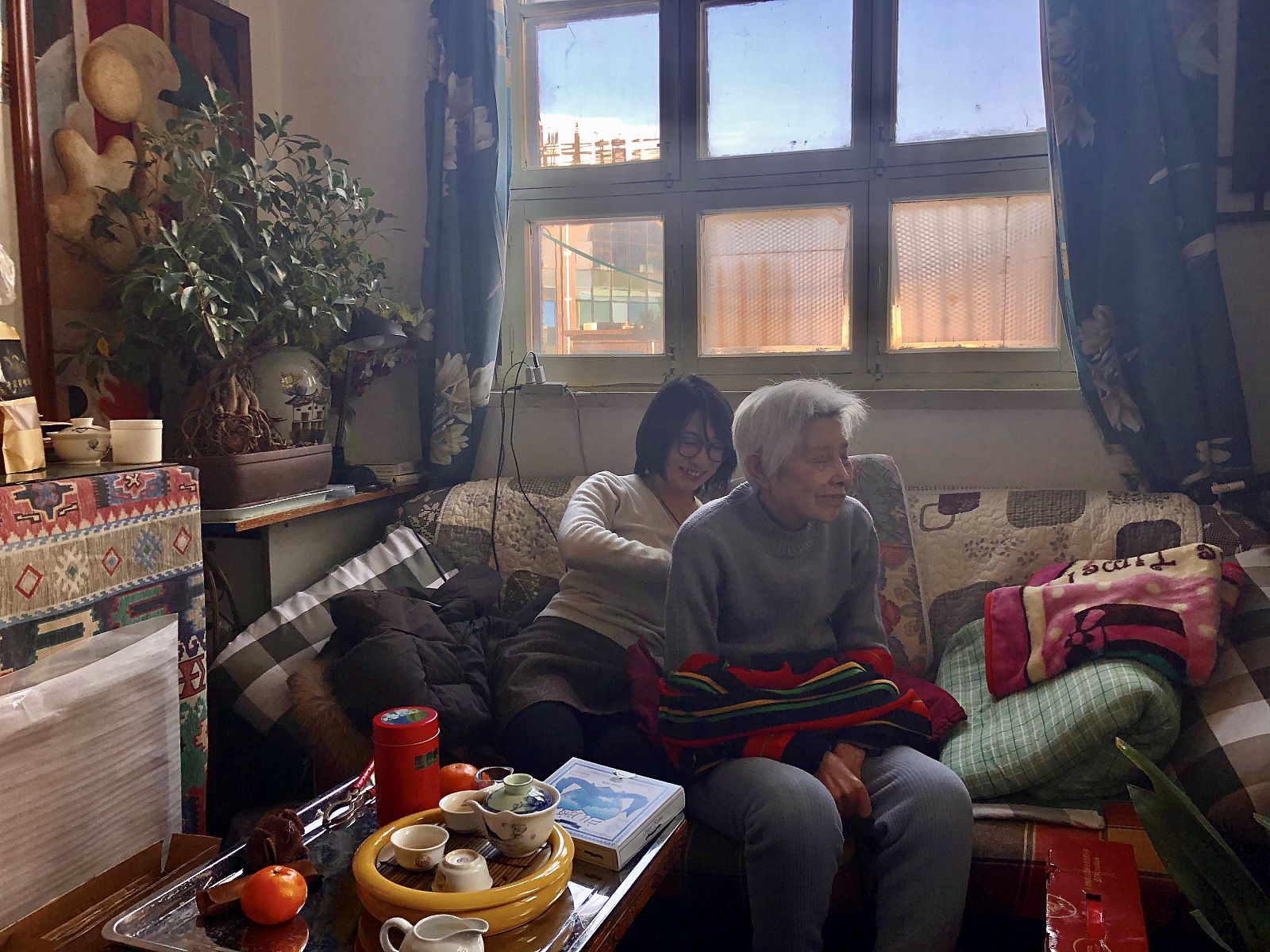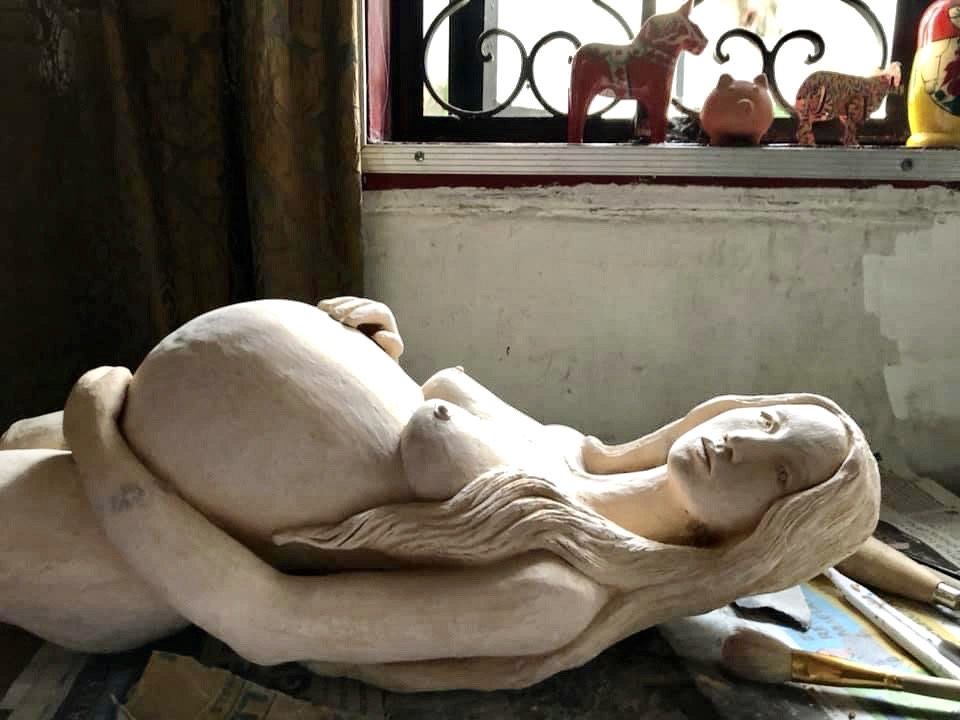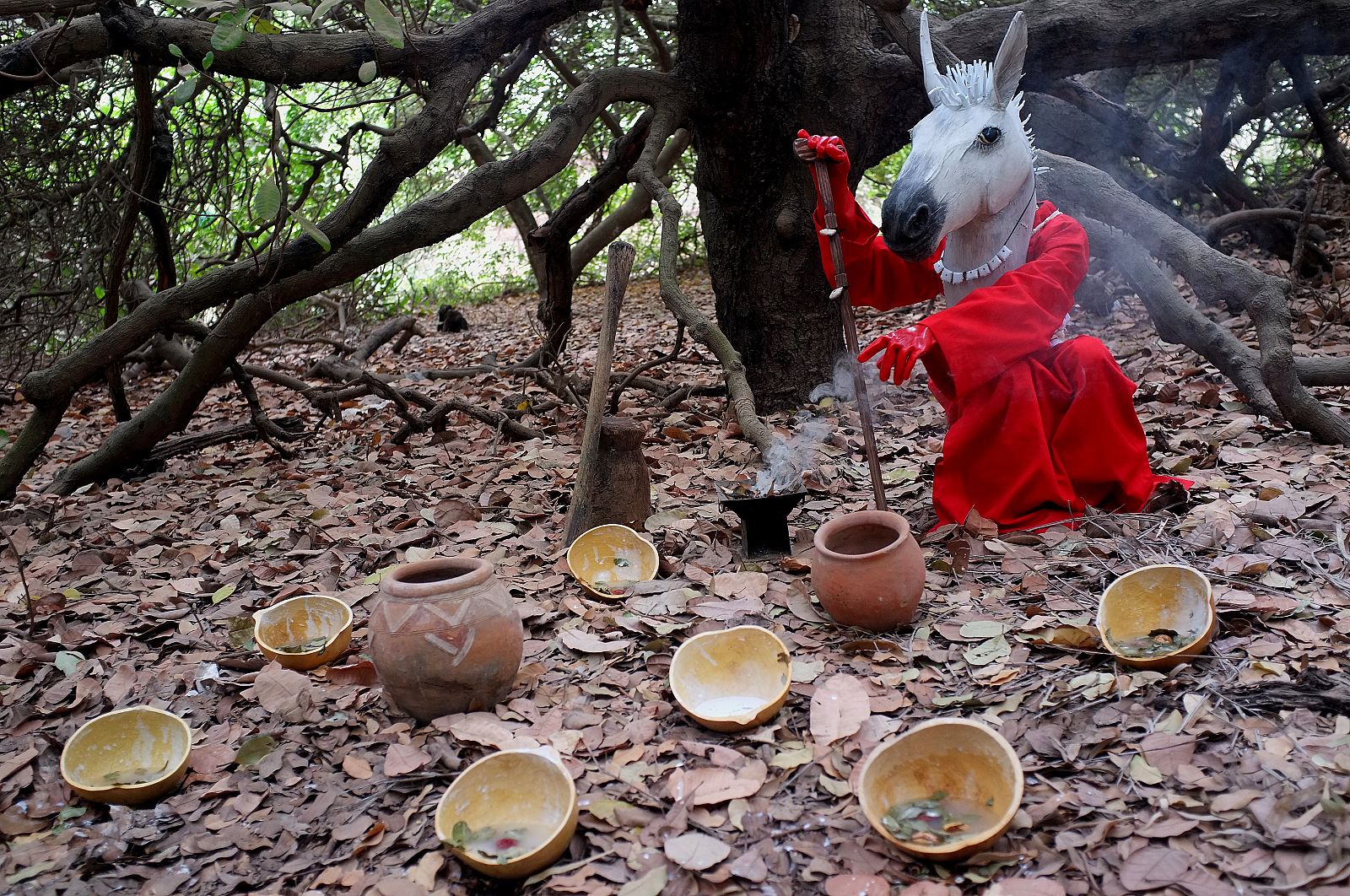Reports from the Field are perspectives from curators from around the world, who are alumni of the Curatorial Intensive, ICI's professional development program for emerging curators. The commissioned texts are reflections on the impact of the global pandemic on their lives, ways of working, their communities, and how they are adapting as a response.
Drew Kahuʻāina Broderick and Josh Tengan, Alumni of the Curatorial Intensive Auckland '19, co-write from Honolulu, Oʻahu. To read and download the PDF version, click here.
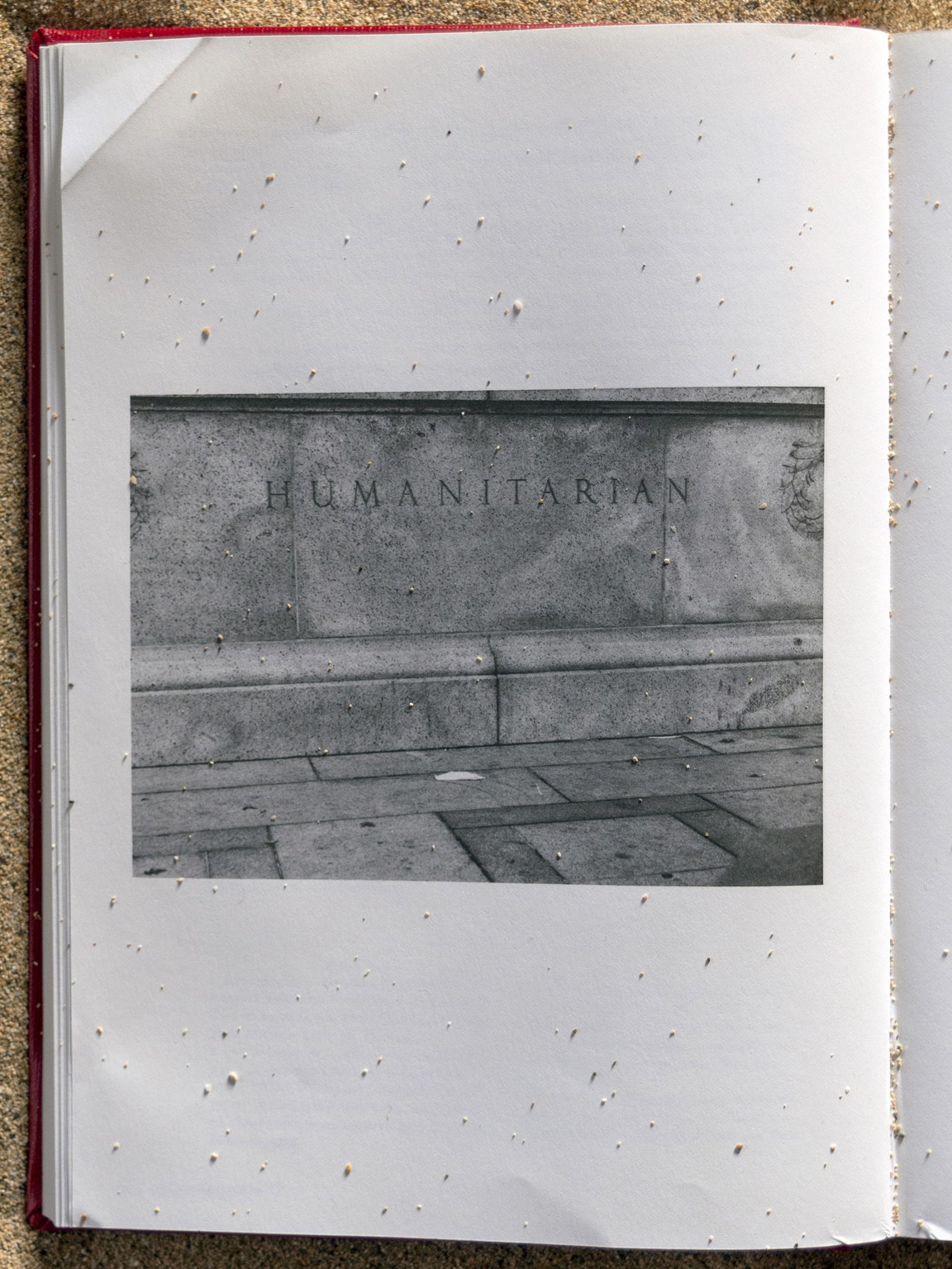
E iho ana o luna
E piʻi ana o lalo
E hui ana nā moku
E kū ana ka paia
The high will be brought low
The low will be lifted up
The islands will be united
The walls shall stand upright1
Chant it with vigor, sing it out loud, three times then pau. Systems are “collapsing,” “spreading,” “rising.”
****
DKB: March 25th, 2020, a headline blasts, in ALL-CAPS, across the front page of the Honolulu Star-Advertiser, Hawaiʻi’s daily newspaper and self proclaimed “Pulse of Paradise.”
“TOURISM MELTDOWN”
Presently, the State of Hawaiʻi has one of the highest unemployment rates per capita in the United States of America. Over one-third of the labor force has filed for unemployment. An unsurprising statistic given the state’s overreliance on tourism, its top industry. Tourism and Defense, the second largest industry, both vestiges of World War II and U.S. Empire in Moananuiākea, the Pacific, must be reconsidered, especially now. In Summer 2020, this year’s Rim of the Pacific exercise, the largest international maritime warfare training in the world held biennially in Hawaiʻi across land, sea, and sky, “will go on.”
JT: Our long history of disconnectedness from Western Disease is what made us so susceptible… to death. Our people went from just under a million to around 25,000, from pre-Contact 1778 to 1920.
After a century, we as a people represent around a quarter of the Islands’ population. Despite our efforts toward recovery as a people, Native Hawaiians, as with other ethnic minority groups, are still considered high-risk for severe illness and mortality from COVID-19. This is mostly due to the underlying health conditions we continually face—tourism, militarism, colonialism, and so on. But, as proven before, there is an inherent resiliency to who we are as a people.
DKB: April 10th, 2020, I went down to Waikīkī, an epicenter for international militourism. As dusk approached, I stood on the shoreline and flipped through a copy of Out There: Marginalization and Contemporary Cultures (1990), edited by Russell Ferguson, Martha Gever, Trinh T. Minh-ha, and Cornel West. My attention was fixed on a series of black-and-white photographs by artist Félix González-Torres. Each photograph documents a single identifying word, inscribed in recognition of Theodore Roosevelt, on the facade of the American Museum of Natural History on the Upper West Side of Mannahatta, New York City.
AUTHOR, STATESMAN, SCHOLAR, HUMANITARIAN, HISTORIAN, PATRIOT, RANCHMAN, EXPLORER, NATURALIST, SCIENTIST, SOLDIER
Haunted by this string of words, I set the publication down and scrawled in the sand with my hand—HUMANITARIAN—between outgoing and incoming waves. Then I took a photograph. Before I could finish writing another—EXPLO—a Honolulu Police officer was standing by my side. Gesture interrupted. He informed me that the beach was closed to the public and that I would be given a citation if I did not leave the premises immediately.
JT: It’s hard to fully assess the impact of COVID-19 on my life and practice when things are still shifting daily. After returning home, from visiting the 2020 Sydney and Adelaide Biennales, I went immediately into a two-week government recommended self-quarantine at home in Mākiki, Honolulu. It wasn’t until weeks later that the State finally got with the global program to limit the spread of the virus and “flatten the curve.” It was during this time that most of my personal projects as an independent curator and writer came to a halt.
The show I curated earlier this year for Aupuni Space in Honolulu, HE HAE HŌʻAILONA IA, THE FLAG IS A SIGN, which opened on January 17th, 2020, one hundred and twenty seven years after the U.S. military-backed overthrow of the Hawaiian Kingdom, was to travel to the East Hawaiʻi Cultural Center in Hilo, Hawaiʻi Island, in conjunction with Merrie Monarch, the most culturally significant festival in the Islands. The event celebrates King David Kalākaua and the cultural practice of Hula. The event attracts thousands of international visitors and generates millions of dollars for local communities. Because of COVID-19, the event was cancelled along with the exhibition. Other articles, writing assignments, and exhibition plans, were also postponed.
In terms of my career trajectory as a contemporary art curator, I would still consider myself to be in an emerging limbo state. I, still, have not had an institutional position. My resume is concise. I live and work on the margins of the art world in a kind of self-isolation from the supposed art centers of Los Angeles, Tokyo, Melbourne, Sydney, and Auckland, which trace a Pacific-Rim.
Hawaiʻi, as you may or may not know, is quite literally the most physically “isolated" place on the planet. We are at least 2,400 or so miles from each of the locations previously mentioned. Before June 29, 1927, when the U.S. Army landed its first successful flight from Oakland, California to Wahiawā, Oʻahu, everyone arrived in Hawaiʻi by the Moananui. Moananuiākea. The great, wide, expansive, ocean of Wākea.
Na ka Moananuiākea e hoʻopili mai iā kākou.
The Moananuiākea is what connects us all.
DKB: April 24th, 2020, I am currently employed by the State of Hawaiʻi to teach studio art courses and direct Koa Gallery, a modest venue dedicated to art communities of Hawaiʻi, Oceania, and Asia-Pacific at large. Established in 1987, Koa Gallery is nested within Kapiʻolani Community College, "a model indigenous serving institution accredited by Western Association of Schools and Colleges,” in the presence of Lēʻahi, a volcanic tuff cone and storied place, on the southern shore of the island of Oʻahu, Hawaiʻi.
The rapid phase-shift from he alo a he alo to remote learning, despite ample synchronous options, has been a difficult transition for students, faculty, staff, and administration alike—now factor in unemployment, proposed pay cuts for state-employees (up to 20% by Gov. David Ige), and widespread anxiety over a recent global pandemic.
April 8th, 2020, “Was anyone else laid off from their jobs?” A student enrolled in ART-189-0 [KAP.3324.SP20]: H-Introduction to Hawaiian Art, posed this question during an online class session. It is essential in Hawai’i, as elsewhere, to hold multiple jobs in order to meet basic needs and live paycheck to paycheck. This student, as with several others, had lost their jobs in the hospitality industry.
In response to these urgent situations, we put our class discussion of the international repatriation of iwi kūpuna, moepū, and mea kapu on hold. Instead, we used the rest of our time together that day to work on individual applications for the local Urgent Student Relief Fund and gather materials in advance of the first wave of the national Higher Education Emergency Relief Fund. Neither are long term solutions, both provide a bit of respite. Beyond social distancing, isolation, and quarantine, lived-life across the archipelago is always precarious, right on the edge.
April 15th, 2020, At noon I met New York-based artist Sung Hwan Kim just beyond the campus boundary line, near posted signs—“CAMPUS CLOSED TO PUBLIC, Services are being provided to Employees and Students only.” We hugged. Under the watchful eye of campus security we transported gallery contents into idling cars, and drove with Berlin-based Suin Kwon and New York-based David Michael DiGregorio (dogr), over Puʻu o Kaimukī and up Wilhelmina Rise toward Mauʻumae ridge. After two weeks of drifting with uncertainty, due to an ongoing stay-at-home order, the inaugural artists in residence were forced to relocate their project as the University of Hawaiʻi System was shutting its doors.
JT: Since returning from Sydney, my M-F has been spent with helping a small Hawaiian-owned and operated business, Native Books / Nā Mea Hawaiʻi, expand its presence online.
The business is a pillar in the Native Hawaiian community, and has been a source for knowledge exchange for three decades. Nā Mea Hawaiʻi is much more than a retail store, rather, a network of native (and non-native) makers, writers, thinkers, creatives, artists, and so forth, who carry a continuity of culture, through traditional means, today. The impact of COVID-19 in our community has been felt in critical ways, as we are used to gathering and doing business face-to-face. He alo a he alo.
As the first of the month quickly approached, a coalition of tenants was taking shape online. Nā Mea Hawaiʻi is located in an urban neighborhood called Kakaʻako, just about halfway between Honolulu’s central business district and its famed tourist center, Waikīkī. Here, two commercial real estate developers compete over who can make the coolest, trendiest, most expensive, walkable boutique community. Rent is high. We are just one of more than fifty struggling small local businesses in the area, most new to community organizing, practicing collective bargaining power. Despite efforts by the landlord to divide and conquer its tenants, the hui has largely remained together and the group continues to grow.
DKB: Growing up, in the summer, I would visit my Aunty Manu, an educator working in the field of indigenous epistemology, who at the time lived in Pāpaʻikou, outside of Hilo on Hawaiʻi Island. Aunty would often hold gatherings, to make lei pēkaʻa, work with pōhaku, and walaʻau. At the end of the evening she usually asked those in attendance to pose a question to themselves, a question they wanted answered. Then she would place a book in their hands, a weathered copy of the Yijing (Book of Changes). “Open up the book,” she would say, “hold your question at the forefront of your consciousness and let your finger fall on a page.” “Read it out loud,” she would continue, “What was your question?”
I woke up this morning with a question, “How do I embrace transformation more fully?” Opening the ʻŌlelo Noʻeau (Hawaiian Proverbs & Poetical Sayings), finger falling on a page:
Laʻi Hauola i ke kai māʻokiʻoki.
Peaceful Hauola by the choppy sea.
Peace and tranquility in the face of
disturbance.
JT: April 24, 2020, as if it were any other Friday, a small intergenerational hui of weavers from Nā Mea Hawaiʻi went out to harvest leaves and care for the trees we regularly gather from. Climbing up aerial roots and over long spiked branches we pulled down dead leaves, harvested heavy spined fruit, and cleared the ground below the tree of any debris. Hala trees were heavily cultivated and cared for by Hawaiians so that the trees would throw long healthy leaves. Leaves would be and continue to be cleaned, softened, and stripped into strands and woven into large moena or sleeping mats, sails for canoes, baskets, and so on.
The traditional practice of ulana lau hala (weaving pandanus leaves) is itself a kind of metaphor for transformation. Hala is our name for the pandanus tree and it is also a word for death or passing.
If he alo a he alo is what our kūpuna know, how does knowledge get passed to future generations today?
***
“Make the most of every crisis.”
Across Ka Paeʻāina o Hawaiʻi, amidst a moment of heightened regulation and control, it is vital to temper mandates of the U.S. government (state and federal) with cultural practices rooted in collective care and being in relation. We take guidance from actions that flow laterally through self-organized community support networks. Hierarchy and heroics long forgotten. May we continue to gather in unanticipated ways—across public, social, personal, and intimate spaces—and work towards the repair of alternative futures already in the making.
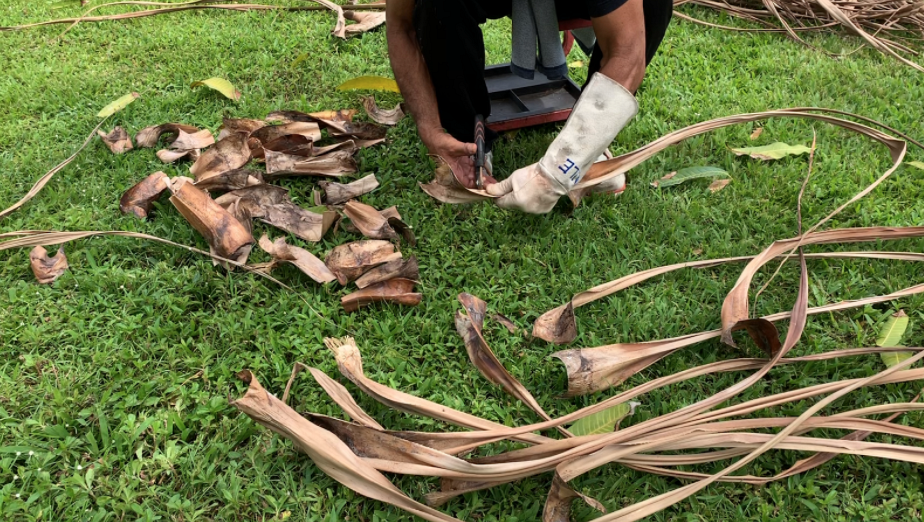
Footnotes:
1) E Iho Ana, a wānana attributed to kāula Kapihe, adapted from Hawaiian Antiquities (Moʻolelo Hawaiʻi) (1898) by David Malo.
Image Captions:
Image 1) Detail image of Félix González-Torres’ Untitled (I Think I know Who You Are) (1989), on p. 88 of Out There: Marginalization and Contemporary Cultures (1990), with the sand of Waikīkī, Oʻahu. April 10, 2020.
Image 2) Processing lauhala, trimming off the poʻo and wēlau, in Lāʻie, Oʻahu. April 24, 2020.
